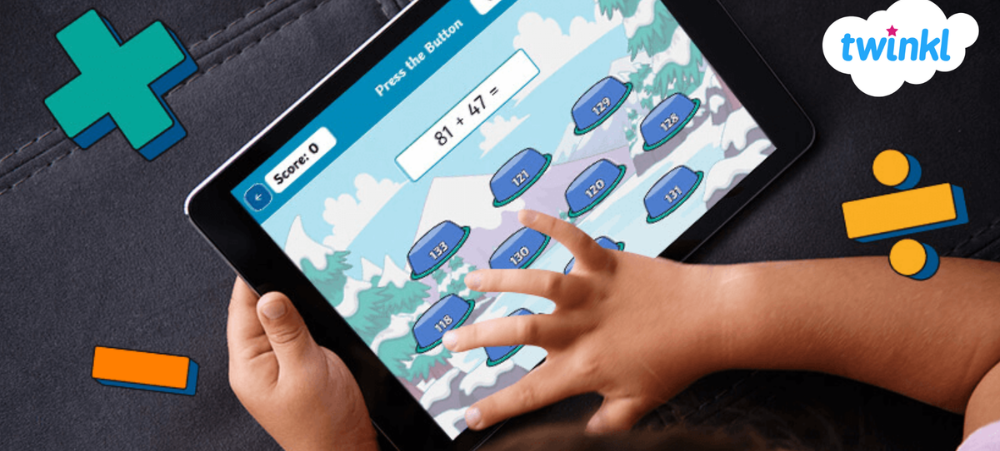
Making Maths Easier for Every Child: Discover the Twinkl Maths App
If you’re a parent, you’ve probably experienced the daily homework battles or tried to make sense of the methods your child is learning in Maths today. The good news? Help is finally here – and it’s as simple as downloading an app! The Twinkl Maths App is designed to make learning Maths fun, interactive and easy to understand – whether your child is just starting to count or preparing for high school assessments. Covering the South African curriculum from Preschool to Grade 9, the app provides bite-sized, curriculum-aligned questions and activities that build your child’s confidence and help them master key concepts step by step. With colourful illustrations, child-friendly questions, and instant feedback, the app is perfect for practising at home, whether for homework, revision, or extra support during the holidays. What makes the Twinkl Maths App even more appealing is that it’s designed by educators who understand what children need – and what parents are looking for. Maths Made Easier – In Your Language As part of its Maths Made Easier campaign, Twinkl has also released a range of dual-medium Maths resources for Grade 7 learners. These resources are now available in English alongside isiZulu, isiXhosa, Sepedi, Setswana and Sesotho – helping more learners understand tricky topics in a language that makes sense to them. It’s part of Twinkl’s ongoing commitment to making education accessible, inclusive, and empowering for every South African child. Win a Set of SHARP EL-W535SA Scientific Calculators for Your Child’s Class! To celebrate Maths Month and the launch of their dual-medium Maths content, Twinkl is giving away a full class set of SHARP EL-W535SA Scientific Calculators on their Facebook page! To enter, simply visit our Facebook group and look out for the Math Made Easy Competition post with the entry details. It’s that easy – and it’s a great way to support your child’s learning while standing a chance to win a prize that makes a real difference in the classroom. Download the Twinkl Maths App from your app store today, or explore free printable resources and bilingual Maths support at www.twinkl.co.za.Follow @TwinklSouthAfrica on Facebook to enter the competition and get involved in the Maths Made Easier campaign!































